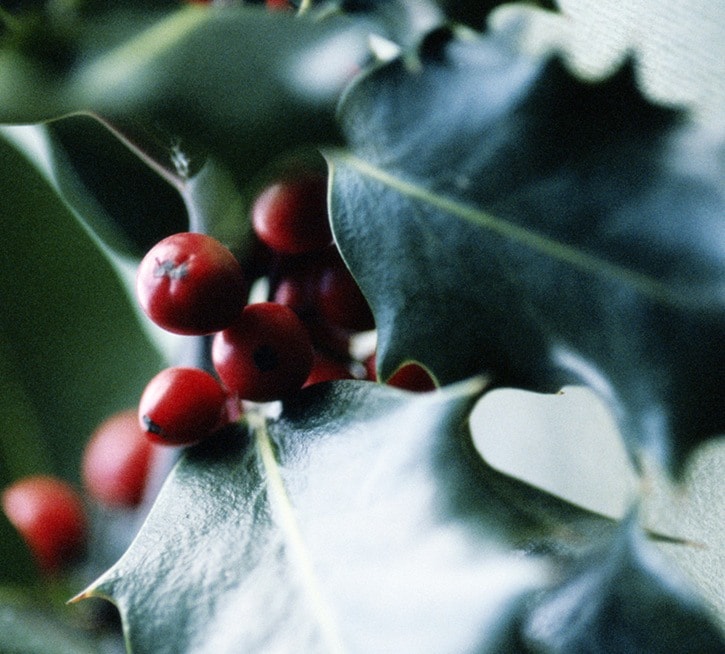In older, simpler times, there was a popular English Christmas carol with a lilting tune, “the holly and the ivy.”
Like many such traditional folk songs arising from a rural, pre-literate culture, this carol connects the sights and sounds of nature with seasonal religious events.
For hundreds of years, holly was admired for its shiny dark green leaves and glowing red berries, making it the perfect decoration to bring into churches and homes to mark the Christmas season.
It had been considered sacred in earlier cultures, associated with the winter solstice ceremonies of druids and the Romans’ saturnalia festival, and in turn the holly and ivy carol links features of the plants with episodes from the Christian story.
The evergreen nature of both holly and ivy plants was once considered a sign of fortitude and resilience, in contrast to the many deciduous trees of Britain that lose their leaves in winter. Flocks of birds were seen to feed on holly berries and shelter within the tree’s prickle-leaved branches.
Some old texts liken holly and ivy to man and woman respectively, with holly showing mastery against the cold and ivy shivering around the door.
Ivy, with its dark berries, was considered a lesser plant, with one old song even claiming “none but the owlet” was found in its branches.
The English holly and ivy of the carol are not native plants in Western Canada, but were brought here at some point in history and have thrived in the mild coastal climates. Unfortunately, some have thrived too well, and both are now considered non-welcome, invasive plants.
Holly berries are relished by birds such as American robins, which eat the fleshy drupe and pass the seeds in their droppings, propagating the holly in forest understorey and shading out native plants.
English ivy sends out dozens of long, flowerless stems that trail on the ground and clamber up tree trunks and fences, rapidly smothering everything around it. Once mature, ivy develops into a bushy shrub with small white flowers, and, contrary to the old song, its black, clustered berries are eaten by thrushes, starlings, and other birds.
Both holly and ivy berries are poisonous for humans.
English holly and ivy should not be grown in gardens or sold in nurseries. Alternative decorative plants include native ferns, salal, kinnikinnick, Oregon grape, western honeysuckle, evergreen huckleberry, common snowberry, Pacific waxmyrtle, and non-native but non-invasive skimmia and American hollies.
Anne Murray, the author of two nature books available in local book stores, writes monthly in the Peace Arch News – www.natureguidesbc.com
